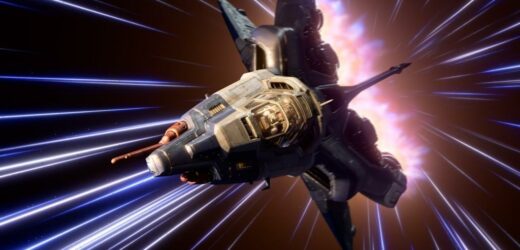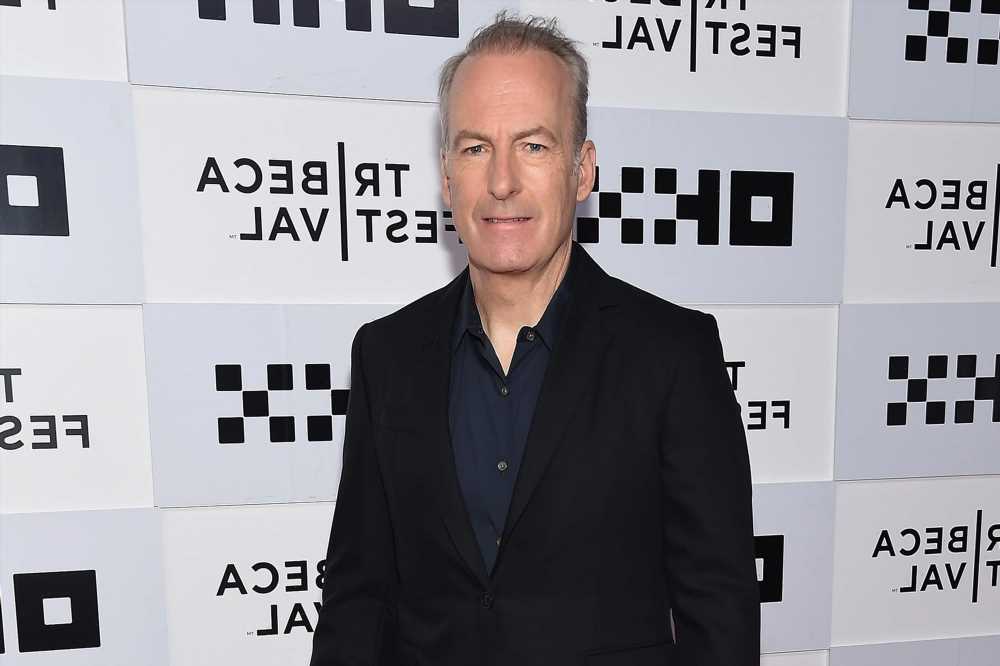For Pixar’s latest feature, “Light- year,” director of photography Jeremy Lasky worked with production designer Tim Evatt and lighting DP Ian Megibben to establish the look of the CGI film. Together they decided it needed to be not only cohesive and clear but also cinematic.
The movie, in theaters now, is a new adventure about one of Andy’s favorite toys, Buzz Lightyear, from the “Toy Story” franchise. This time around, though, Buzz is human — the hero who inspires the toy. The film is set in space, with Buzz,voiced by Chris Evans, stranded on a hostile planet with his crew, and he’s now on a rescue mission to get everyone safely home.
Lasky used a single-point-perspective camera for tight framing to capture Buzz’s initial solitude and to guide the viewer’s eye. “Those scenes early in the film were designed to make the world feel a little claustrophobic for Buzz,” he says.
Buzz’s cramped quarters are first shown in his apartment aboard the Star Command colony ship. Lasky says the ship’s dividers help create a sense of isolation. Within a widescreen format, he found “extra frames within the frame,” and layered the importance of that information for the viewer. In one sequence where Buzz is standing within a door frame, weighing whether to take on the mission, Lasky guides the eye down to his blaster and then to the eyes of Alisha (Uzo Aduba), his commander and best friend. “It’s not until he decides he’s going to get everyone home that we open up that world and take away those constraints,” Lasky says.
Borrowing from 1940s film noir, Lasky played with light and shadow to add a grittier feel, remove background details and achieve a cinematic effect. “I optimized atmosphere and depth of field [to] make the center subject in the frame stand out,” he says, adding that the white spacesuits the characters wore “really stand out and pop.”
Sets art decorator Greg Peltz collaborated with Lasky on the design of the ships, bases and vehicles, crafting them with distinctive silhouettes and a high level of detail to help those light- ing the animation. “When you’re doing dramatic lighting like that,” Peltz says, “you need to have that level of realism in the treatment to create these amazing images.
Source: Read Full Article


